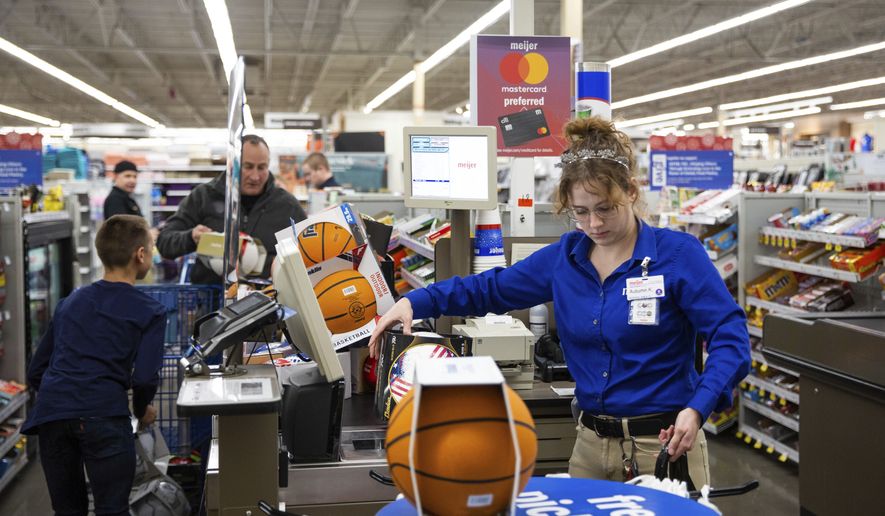Parents doing last-minute Christmas shopping might want to reconsider a lump of coal as a stocking stuffer: Toy prices climbed 18% between November 2019 and last month, industry sources point out.
What’s more, some parents will find “higher prices and empty shelves” if they’re still looking for certain items, a leading economist says.
“Parents should try not to rely on deliveries,” said Christine McDaniel, a senior research fellow at George Mason University’s Mercatus Center free-market think tank. “This year, what you see on the shelf is what you can get.”
The average selling price (ASP) for toys jumped 15% from November 2019 to November 2020 and another 3% from November 2020 to last month, said Juli Lennett, a U.S. toy industry adviser at market researcher The NPD Group. The trend is driven by rising demand for high-dollar toys, a shrinking number of holiday promotional discounts and supply chain-related inflation, she said.
“There are toys like Hot Wheels singles that sell 70-million-plus units per year for $0.99, and, on the other side, there will be swing sets that cost well over $1,000 each, and there are prices everywhere in between,” Ms. Lennett said. “When the mix of products sold shifts dramatically to higher-priced toy categories, even when ASP remains flat, the ASP goes up for the total toy industry.”
U.S. retailers started offering holiday deals weeks before Black Friday this year, but toy manufacturers offered fewer promotions last month and more consumers bought toys at the regular price rather than at a discount, Ms. Lennett said.
And shoppers will not find any new promotional deals closer to Dec. 25, she added.
“For the first time since 1997, parents doing last-minute Christmas shopping are finding toys more expensive than prior years,” said Joel Griffith, a senior fellow at the conservative Heritage Foundation.
A spokesperson for the Toy Association trade group said Tuesday that the price of many popular toys remains 5% to 10% higher this month than last year, but declined to comment further.
Peter C. Earle, an economist at the American Institute for Economic Research free-market think tank in Massachusetts, said inflation has created some problems for shipping toys and finding components needed to make them.
“The first one is ongoing problems with shipping and trucking delays, but that’s for finished toys,” he said. “In toy production, last year’s lockdowns plus Hurricane Ida in August 2021 saw plastic and resin manufacturers go offline, so prices of those commodities have risen sizably over the last few months too.”
He said inflation, a “product of lots of money chasing too few goods,” has been highest for toys that rely on plastics and computer chips now in short supply.
“So to the extent that shipping problems and plastic and resin prices are weighing heavily upon supply, and the total amount of finished goods is less than usual, inflation may push those prices up even higher,” Mr. Earle said.
Ms. McDaniel, the economist, said it would be wiser for parents at this point to “buy the last Monopoly board game” for $20 at a local Target than order something cheaper from Amazon and not have delivery guaranteed by Christmas.
“The chip shortage, supply chain crunch and inflation are hitting products differently,” said Ms. McDaniel, a former deputy assistant secretary of the U.S. Treasury.
Ms. Lennett, the toy industry adviser, said she believes toy prices will drop again when consumers return to normal shopping habits from the “pandemic lifestyle” of buying high-priced toys.
“When, and if, there is a complete end to the ‘pandemic lifestyle’ is anyone’s guess,” she said.
• Sean Salai can be reached at ssalai@washingtontimes.com.




Please read our comment policy before commenting.